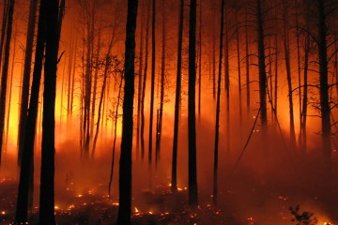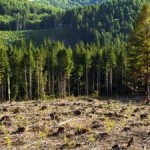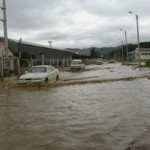 Climate change is expected to contribute to a dramatic increase in forest fire damage in Europe, but better forest management could mitigate the problem, according to new research from the International Institute for Applied Systems Analysis (IIASA).
Climate change is expected to contribute to a dramatic increase in forest fire damage in Europe, but better forest management could mitigate the problem, according to new research from the International Institute for Applied Systems Analysis (IIASA).
Climate change is expected to bring increased temperatures and longer droughts – conditions that will make forests more susceptible to fires.
By 2090, the area burned by forest fires in the European Union could increase by 200% because of climate change, according to a new study published in the journal Regional Environmental Change. However, preventive fires could keep that increase to below 50%, the study shows. Improved fire-fighting response could provide additional protection against forest fires.
The study was the first to examine adaptation to forest fire danger on a pan-European scale. IIASA researchers, together with colleagues from the Joint Research Centre (JRC), worked with national forest representatives in EU countries and the EU Expert Group on Forest Fires to understand fire prevention options and their impacts. While there are many potential options for forest fire management, the researchers focused on two adaptation strategies identified together with the expert stakeholders: prescribed burns and fire suppression.
“There is still a big debate on the effectiveness of prescribed burning as a forest fire management tool. This study shows that it can be a promising option to protect European forests from the impacts of climate change,” says IIASA Ecosystem Services and Management Program Research Scholar Nikolay Khabarov, who led the study.
Fire is a natural part of the ecology of many forests, but when fires get out of control they can burn huge areas and spread to neighbouring homes and settlements. Prescribed burns help prevent these major fires by removing dead wood from forests.
The study also examined the potential of better fire-fighting to additionally help decrease burned areas. However, no study has yet managed to quantify the cost and benefit of such efforts at a continental scale.
“European forests are vital reservoirs for wildlife, for biodiversity, and for our own enjoyment and well-being,” says Khabarov, “We need to find ways to protect them.”
The researchers note that in Europe, over 95% of all forest fires are caused by humans, including negligence when smoking cigarettes, using campfires and other open fires that are not put out properly, and even arson.
“In more populous areas, the chance of occurrence of forest fires rises dramatically,” says IIASA researcher Andrey Krasovskii, a study co-author. “We could prevent many of these fires simply by being more responsible.”
The study was carried out as part of the European Union FP7 Mediation Project, which examined adaptation strategies for climate change impacts in Europe, including forest fires, river hydrology and wildlife, grassland biodiversity, and agricultural effects. It was published as part of a special issue in the journal Regional Environmental Change.
Details of the Study:
Nikolay Khabarov, Andrey Krasovskii, Michael Obersteiner, Rob Swart, Alessandro Dosio, Jesús San-Miguel-Ayanz, Tracy Durrant, Andrea Camia, Mirco Migliavacca. 2014. Forest Fires and Adaptation Options in Europe. Regional Environmental Change. September 2014. DOI: 10.1007/s10113-014-0621-0
Source: IIASA.















